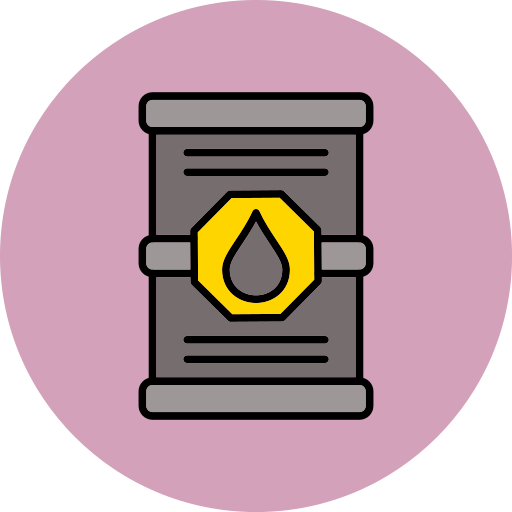Senegal Import Data
The Republic of Senegal is another name for Senegal. West Africa is home to Senegal. The nation borders several other nations, including Guinea-Bissau, Mali, and Mauritania. The Senegal River, which borders the nation on both the east and the north, is the source of its name. According to ECI, Senegal ranks 91st out of all the nations with the most complex economies. According to import statistics, Senegal ranked 109th out of 226 nations in terms of overall imports. In today's globalized world, access to accurate and reliable trade data is essential for businesses, policymakers, and analysts. Senegal, a vibrant country located in West Africa, is an important player in international trade. To navigate the complexities of the market and make informed decisions, both importers and exporters rely on Senegal import data.
According to data on imports into Senegal, the value of goods imported into the country in 2023 was $11.1 billion. Senegal had 2% less goods imports in 2023 than the previous year. Senegal’s total GDP is $31.01 billion, and a GDP import share of 44.53%. Mineral fuels and oils are Senegal's biggest imports, while France's is its biggest import partner. Senegal is a part of trading blocs such as ECOWAS, AFCFTA, WTO, and GATT. Let us now delve into the significance of Senegal import data, its uses, and its role in shaping business strategies.





